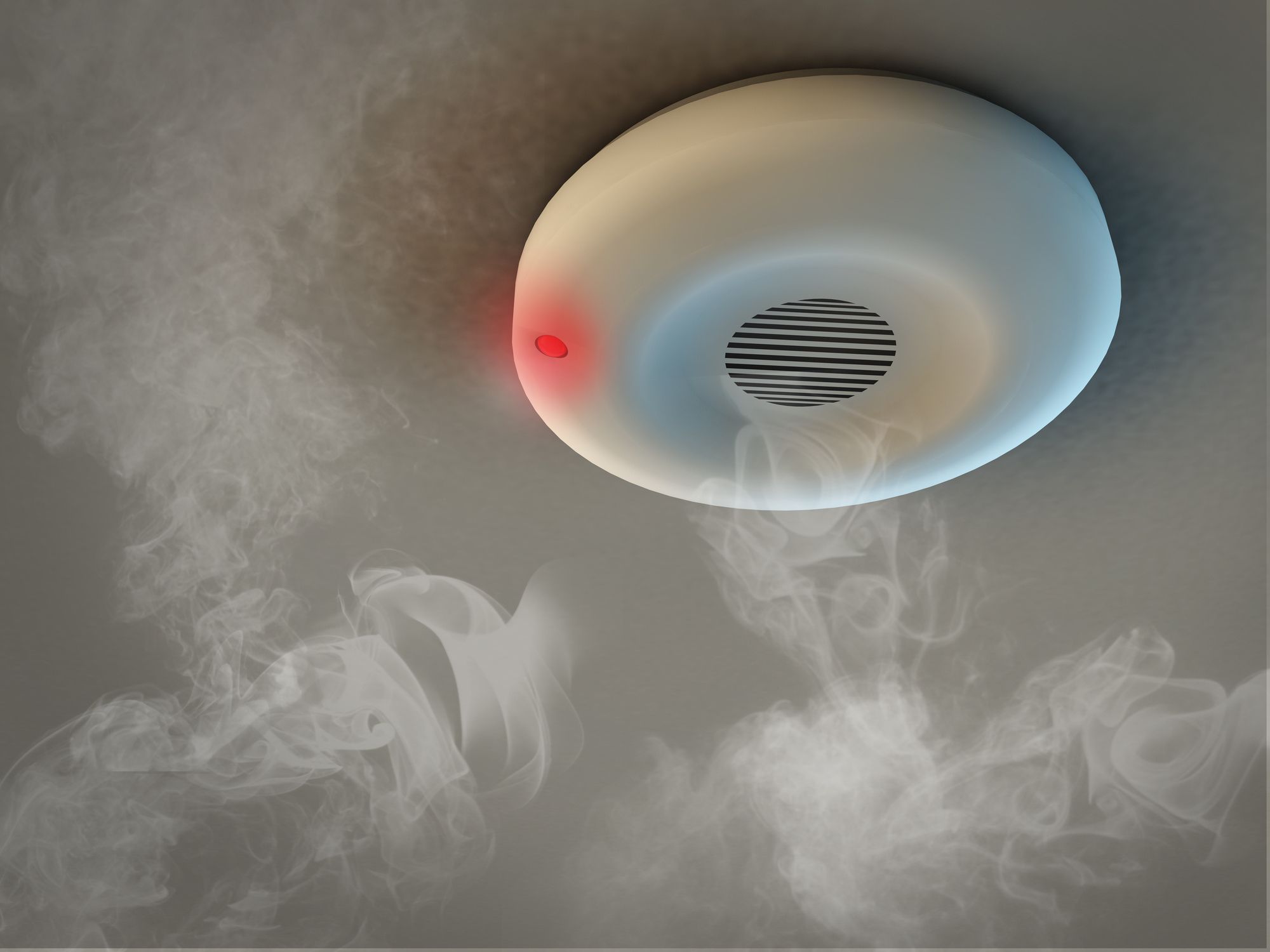

Articles
How Does A Smoke Detector Work?
Modified: January 18, 2024
Discover how smoke detectors work with this informative article. Learn about the essential components and technology behind these life-saving devices.
(Many of the links in this article redirect to a specific reviewed product. Your purchase of these products through affiliate links helps to generate commission for Storables.com, at no extra cost. Learn more)
Introduction
A smoke detector is a critical safety device that plays a crucial role in identifying the presence of smoke in a confined space. It acts as an early warning system that can save lives and prevent property damage in the event of a fire. Understanding how a smoke detector works is essential for ensuring its effectiveness and reliability.
In this article, we will delve into the inner workings of smoke detectors, exploring the various types and components involved, and discussing their working principles. By gaining a deeper understanding of how these devices operate, you will be better equipped to make informed decisions about their installation, maintenance, and proper use in your home or workplace.
So, let’s get started by taking a look at the overall functionality and structure of smoke detectors.
Key Takeaways:
- Understanding the inner workings of smoke detectors, including ionization, photoelectric, and dual sensor types, is crucial for ensuring proper installation, maintenance, and testing. Regular upkeep and adherence to manufacturer’s guidelines enhance their effectiveness in providing early fire detection and warning.
- Regular maintenance and testing of smoke detectors, along with strategic placement in key areas of the premises, are essential for comprehensive fire safety. Prioritizing fire safety measures, including a comprehensive fire safety plan and staying informed, prepared, and vigilant, creates a safer environment for occupants and communities.
Read more: How Does An Ionization Smoke Detector Work?
Overview of Smoke Detectors
Smoke detectors are electronic devices designed to detect the presence of smoke in a room or area and provide an audible or visual warning to alert occupants of a potential fire. They are widely used in residential, commercial, and industrial settings to enhance fire safety measures.
There are primarily two types of smoke detectors: ionization smoke detectors and photoelectric smoke detectors. Each type uses different technologies to detect smoke particles and has its own advantages and limitations.
Ionization smoke detectors utilize a small amount of radioactive material, usually Americium-241, to ionize the air inside the detector. When smoke enters the detector, it disrupts the ionization process, causing a decrease in the electrical current flow, which triggers the alarm. These detectors are particularly effective at detecting flaming fires with rapidly spreading smoke particles.
On the other hand, photoelectric smoke detectors employ a light source and a light-sensitive sensor. When smoke enters the chamber, it scatters the light, causing it to hit the sensor and trigger the alarm. Photoelectric smoke detectors are known for their effectiveness in detecting smoldering fires that produce more visible smoke before the flames become apparent.
In recent years, dual-sensor smoke detectors have gained popularity, offering the combined benefits of both ionization and photoelectric technologies. These detectors are equipped with both ionization and photoelectric sensors, allowing them to quickly detect a wider range of fire types and provide a higher level of accuracy.
It is important to note that smoke detectors should be installed in every bedroom, hallway, and living area of a home or building to ensure comprehensive coverage. Additionally, it is recommended to have interconnected smoke detectors, where the activation of one detector triggers all others, providing an early warning throughout the premises.
Next, let’s delve deeper into the components and inner workings of smoke detectors to understand how they function.
Components of a Smoke Detector
A smoke detector consists of several key components that work together to detect and alert occupants of the presence of smoke. Understanding these components will provide insight into how a smoke detector functions and how it can effectively detect and respond to potential fire hazards.
1. Smoke Chamber: The smoke chamber is a crucial part of the smoke detector where smoke particles enter and interact with the detection mechanism. It is designed to allow the smoke to disperse, triggering the alarm when a certain threshold is reached.
2. Ionization Chamber (for ionization smoke detectors): In ionization smoke detectors, the ionization chamber contains a small amount of radioactive material, usually Americium-241. The radiation emitted by this material ionizes the air, creating a small electric current. When smoke particles enter the chamber, they disrupt the ionization, causing a decrease in the electric current flow and activating the alarm.
3. Photoelectric Sensor (for photoelectric smoke detectors): In photoelectric smoke detectors, a light source and a light-sensitive sensor are used. When smoke enters the chamber, it scatters the light, causing it to hit the sensor. This disruption in the light pattern triggers the alarm, indicating the presence of smoke.
4. Intelligence and Control Unit: The intelligence and control unit is the brain of the smoke detector. It processes the signals received from the smoke chamber, ionization chamber, or photoelectric sensor and determines whether the detected particles indicate the presence of smoke. It also controls the alarm system, activating the audible or visual alerts when necessary.
5. Power Source: Smoke detectors are typically powered by battery or electricity. Battery-powered detectors are easy to install and can function during power outages. Electrically powered detectors are directly connected to the electrical system of a building and often have a backup battery to ensure continuous operation in case of a power failure.
6. Alarm System: The alarm system in a smoke detector is responsible for alerting occupants in the event of a fire. It can include an audible alarm in the form of a loud sound or a voice notification, as well as visual indicators such as flashing lights or LED displays.
7. Test and Reset Button: Many smoke detectors are equipped with a test and reset button. This allows users to test the functionality of the detector periodically and reset the alarm after an incident or false alarm.
These are the main components that make up a smoke detector. By understanding the role of each component, you can better appreciate the intricacies of smoke detection and the technology behind it. In the next section, we will explore the working principle of smoke detectors in more detail.
Ionization Smoke Detectors
Ionization smoke detectors utilize ionization technology to detect the presence of smoke. They are effective at detecting fast-moving, flaming fires that produce small, invisible smoke particles. Understanding how ionization smoke detectors work is essential for ensuring their proper use and maintenance.
Inside an ionization smoke detector, there is a small amount of radioactive material, often Americium-241, which emits alpha particles. These alpha particles ionize the air molecules in the ionization chamber, creating a small electric current between two electrodes.
When smoke particles enter the ionization chamber, they disrupt the ionization process. This leads to a decrease in the electric current flowing between the electrodes. The disruption in the electric current triggers the alarm, indicating the presence of smoke.
It is important to note that ionization smoke detectors are more sensitive to small smoke particles and are particularly effective at detecting fires with rapidly spreading flames. However, they may not be as responsive to slow, smoldering fires that produce larger smoke particles.
The sensitivity of ionization smoke detectors can be adjusted by changing the distance between the electrodes or by employing different materials for the ionizing source. This allows for customization based on the specific needs of a residential or commercial setting.
It is crucial to install ionization smoke detectors in areas adjacent to bedrooms and living areas to provide the earliest possible detection of a fire. Additionally, it is recommended to have interconnected smoke detectors throughout the premises to ensure comprehensive coverage and a timely warning for all occupants.
Remember to test ionization smoke detectors regularly using the test button provided. This will help ensure that the detectors are functioning correctly and adequately detecting smoke. Keep in mind that ionization smoke detectors have a limited lifespan and should be replaced according to the manufacturer’s guidelines.
In the next section, we will explore another type of smoke detector, the photoelectric smoke detector, and its working principle.
Photoelectric Smoke Detectors
Photoelectric smoke detectors use optical technology to detect the presence of smoke. They are particularly effective at detecting slow-burning, smoldering fires that produce larger smoke particles. Understanding the working principle of photoelectric smoke detectors is essential for maximizing their effectiveness in fire detection.
Inside a photoelectric smoke detector, there is a light source and a light-sensitive sensor, typically a photodiode. The light source emits a steady beam of light that is directed across the smoke chamber in a way that avoids directly hitting the sensor.
When smoke particles enter the chamber, they scatter the light, causing it to deviate from its path. Some of the scattered light reaches the photodiode, triggering the alarm. This deviation in the light pattern serves as an early warning of the presence of smoke.
Photoelectric smoke detectors are known for their ability to detect visible smoke particles before a fire fully develops. They are especially effective in detecting smoldering fires that produce more visible smoke and are slower to ignite into a full blaze.
It is essential to install photoelectric smoke detectors in areas where smoldering fires are more likely to occur, such as in kitchens, near heating appliances, and in bedrooms. Additionally, interconnected photoelectric smoke detectors provide comprehensive coverage and ensure a prompt warning for all occupants in the event of a fire.
Regularly testing photoelectric smoke detectors using the provided test button is critical to ensure their proper functioning. It is also necessary to clean the detector periodically to remove any dust or debris that may interfere with the light path and decrease its sensitivity.
While photoelectric smoke detectors are highly effective in detecting smoldering fires, it is recommended to use a combination of photoelectric and ionization smoke detectors or dual sensor smoke detectors for comprehensive fire detection coverage. This combination ensures the detection of both fast-burning and slow-burning fires.
In the next section, we will explore the dual sensor smoke detectors, which combine the strengths of both ionization and photoelectric technologies.
Read more: How To Know If The Smoke Detector Is Working
Dual Sensor Smoke Detectors
Dual sensor smoke detectors combine the benefits of ionization and photoelectric technologies to provide a comprehensive fire detection solution. By incorporating both detection methods, dual sensor smoke detectors offer improved accuracy and a higher level of protection against various types of fires.
Inside a dual sensor smoke detector, there are two separate sensing mechanisms: one for ionization and one for photoelectric detection. These sensors work independently and simultaneously to monitor the presence of smoke particles in the surrounding environment.
By combining ionization and photoelectric technologies, dual sensor smoke detectors can detect a wider range of fire types. They are capable of quickly detecting fast-burning fires that produce small smoke particles, as well as slow-burning smoldering fires with larger smoke particles.
In the event of a fire, if either sensor detects the presence of smoke, the dual sensor smoke detector will activate the alarm. This ensures that the detector can respond effectively to different fire scenarios, providing occupants with a timely warning and allowing them to take necessary action or evacuate the premises.
Dual sensor smoke detectors are highly recommended for residential and commercial settings where comprehensive fire detection is essential. They offer enhanced reliability and reduce the risk of false alarms that can occur with standalone ionization or photoelectric smoke detectors.
Like other types of smoke detectors, it is important to test dual sensor smoke detectors regularly using the provided test button. Additionally, routine maintenance, such as cleaning the detector and replacing the batteries, should be performed according to the manufacturer’s recommendations.
Remember, the effectiveness of any smoke detector, including dual sensor smoke detectors, depends on proper installation and placement. Position them near bedrooms, living areas, and on every level of the building to ensure thorough coverage.
In the next section, we will explore the working principle of smoke detectors and how they detect the presence of smoke particles.
A smoke detector works by using either ionization or photoelectric technology to detect smoke particles in the air. It then sets off an alarm to alert occupants of a potential fire. Regularly test and replace the batteries in your smoke detector to ensure it is functioning properly.
Working Principle of Smoke Detectors
The working principle of smoke detectors revolves around the detection of smoke particles in the surrounding environment. Smoke detectors utilize various technologies, such as ionization or photoelectric, to detect the presence of smoke and trigger an alarm to alert occupants of a potential fire.
Regardless of the specific technology used, smoke detectors operate based on the following fundamental principles:
1. Detection of Smoke Particles: Smoke detectors are designed to detect the presence of smoke particles in the air. Smoke particles can vary in size, depending on the type and stage of the fire. Different types of smoke detectors are optimized for detecting specific types of smoke particles, such as small invisible particles produced by flaming fires or larger visible particles produced by smoldering fires.
2. Interaction with Detection Technology: Smoke particles interact with the sensing technology within the smoke detector. In ionization smoke detectors, smoke disrupts the ionization process by interfering with the electric current flow. In photoelectric smoke detectors, smoke scatters the light, causing a change in light pattern that triggers the alarm. Dual sensor smoke detectors utilize both ionization and photoelectric technologies to detect a wide range of smoke types.
3. Activation of the Alarm System: When smoke particles are detected, the smoke detector triggers the alarm system to alert occupants of potential danger. The alarm can be in the form of a loud sound, a voice notification, or flashing lights. The goal is to provide an immediate warning, allowing occupants to respond quickly and take necessary actions, such as evacuating the premises or contacting emergency services.
It is important to note that smoke detectors are designed to detect smoke, not heat or flames directly. Therefore, they rely on the presence of smoke particles in the air to initiate the alarm. This emphasizes the importance of proper installation and placement of smoke detectors in areas where smoke is likely to accumulate, such as bedrooms, living areas, and hallways.
Regular maintenance and testing of smoke detectors are crucial to ensure their reliable operation. It is recommended to test smoke detectors at least once a month using the provided test button. Additionally, cleaning the detectors periodically to remove dust and debris is important for maintaining their sensitivity and effectiveness.
By understanding the working principle of smoke detectors, you can appreciate their role in fire safety and take necessary measures to ensure their proper functioning. In the next section, we will discuss the importance of maintenance and testing of smoke detectors.
Detection of Smoke Particles
Smoke particles are the key indicators of a fire and play a vital role in the detection process of smoke detectors. Understanding how smoke particles are detected is essential for comprehending the effectiveness of smoke detectors in identifying potential fire hazards.
When a fire occurs, it releases a combination of gases, debris, and particles into the air. These fire byproducts include various sizes and types of smoke particles, depending on the nature of the fire and the materials involved.
Smoke detectors are designed to detect these smoke particles when they are present in the surrounding environment. Different types of smoke detectors have varying sensitivities to specific sizes and types of smoke particles.
Ionization smoke detectors perform well in detecting smoke particles generated by flaming fires. These detectors have a high sensitivity to small smoke particles, often produced by fast-moving fires with open flames. The disruption of the ionization process by smoke particles triggers the alarm in ionization smoke detectors.
On the other hand, photoelectric smoke detectors excel in detecting smoke particles produced by smoldering fires. These fires generate larger smoke particles, which reduce visibility and can be more hazardous due to the accumulation of toxic gases. Photoelectric smoke detectors rely on the scattering of light caused by smoke particles to trigger the alarm.
Dual sensor smoke detectors, combining both ionization and photoelectric technologies, are capable of detecting a broader range of smoke particles. They provide improved detection accuracy and offer reliable coverage against various fire types, regardless of whether they are flaming fires or smoldering fires.
The type of smoke particles produced during a fire can impact the response time of smoke detectors. Flaming fires tend to generate smaller smoke particles that rise quickly and disperse throughout the area. Smoldering fires, on the other hand, generate larger smoke particles that can linger in the air and spread at a slower rate.
It is important to note that smoke detectors are not meant to detect heat or flames directly. Instead, they rely on the presence of smoke particles in the air to trigger the alarm and provide early warning of a potential fire.
By effectively detecting smoke particles, smoke detectors act as an essential tool for fire safety. Regularly testing and maintaining smoke detectors ensures their sensitivity to smoke particles and guarantees their proper functioning in case of an emergency.
In the next section, we will discuss the activation of the alarm system and the importance of maintenance and testing of smoke detectors.
Activation of Alarm System
The activation of the alarm system is a crucial stage in the operation of a smoke detector. Once smoke particles are detected, it is important for the alarm system to activate promptly to alert occupants of a potential fire and allow them to take necessary precautions or evacuate the premises.
When a smoke detector detects the presence of smoke particles, it sends a signal to the alarm system, initiating the activation process. The specific method of alarm activation can vary depending on the type of smoke detector and the design of the system.
In most cases, smoke detectors are equipped with an audible alarm that emits a loud sound to alert occupants. This sound is typically a distinctive pattern or tone that is easily recognizable as a warning signal for a potential fire. The volume of the alarm sound is designed to be loud enough to be heard throughout the premises and to wake up sleeping occupants.
Additionally, some smoke detectors may include visual indicators, such as flashing lights or LED displays, in their alarm systems. These visual indicators can be particularly useful for individuals with hearing impairments or in situations where the audible alarm may not be easily heard.
Once the alarm is activated, it is important for occupants to take immediate action. This may include evacuating the premises, alerting others in the vicinity, and contacting emergency services. Early warning provided by the activation of the alarm system can significantly reduce the risk of injuries and property damage in the event of a fire.
Regular maintenance and testing of smoke detectors are essential to ensure the alarm system’s reliability and effectiveness. It is recommended to test smoke detectors at least once a month using the provided test button. This simple procedure allows occupants to verify that the alarm system is functioning correctly and that the sound or visual indicators are operational.
In addition to regular testing, it is important to conduct routine maintenance on smoke detectors. This can involve cleaning the detectors to remove dust or debris that may obstruct the sensors and affect their performance. It is also crucial to replace batteries in battery-powered smoke detectors according to the manufacturer’s guidelines or when the low battery warning is activated.
By ensuring the proper maintenance and testing of smoke detectors, the activation of the alarm system can occur smoothly and effectively during a fire emergency. This provides occupants with the best possible chance for a safe and timely response.
In the final section, we will conclude the article by summarizing the importance of smoke detector maintenance and emphasizing the significance of fire safety measures.
Read more: Why Does A Smoke Detector Chirp?
Maintenance and Testing of Smoke Detectors
Maintenance and testing of smoke detectors are vital for ensuring their reliability and effectiveness in detecting smoke and alerting occupants of potential fire hazards. Regular maintenance and testing procedures help to identify any issues or malfunctions in the detectors and ensure that they are in proper working condition when needed most.
Here are some key maintenance and testing practices to follow for smoke detectors:
1. Regular Testing: It is crucial to test smoke detectors on a regular basis, at least once a month. Most smoke detectors have a test button that can be pressed to simulate the presence of smoke and verify that the alarm system is functioning correctly. During testing, ensure that the alarm sound or visual indicators are activated and can be heard or seen throughout the premises.
2. Battery Replacement: For battery-powered smoke detectors, it is essential to replace the batteries according to the manufacturer’s recommendations or when the low battery warning is activated. It is recommended to use high-quality batteries and avoid using rechargeable batteries, as they may not provide sufficient power for an extended period.
3. Cleaning the Detectors: Over time, smoke detectors can accumulate dust, dirt, and other debris, which can hinder their performance and sensitivity. Regularly clean the detectors using a soft brush or vacuum cleaner attachment to remove any particles or obstructions from the vents and sensors. Avoid using cleaning products or liquids, as these may cause damage to the detectors.
4. Check for Physical Damage: Periodically inspect smoke detectors for any signs of physical damage, such as cracks, loose wires, or tampering. Ensure that the detectors are securely mounted and that there are no loose connections. If you observe any damage or issues, contact a professional technician to address the problem or replace the detector if necessary.
5. Follow Manufacturer’s Guidelines: Always refer to the manufacturer’s guidelines and instructions for specific maintenance and testing procedures for your particular smoke detectors. Different models may have different requirements, so it is important to follow the provided instructions for the best results.
By performing regular maintenance and testing of smoke detectors, you can ensure that they are ready to respond effectively in case of a fire emergency. These simple yet crucial practices play a significant role in enhancing fire safety and protecting lives and property.
Finally, remember that smoke detectors are an essential part of a comprehensive fire safety plan. They should be installed in every bedroom, hallway, living area, and on every level of the building to provide maximum coverage. Regular maintenance, testing, and adherence to fire safety measures are key to maintaining the effectiveness of smoke detectors and ensuring the safety of occupants.
Stay vigilant, stay safe!
Conclusion
Smoke detectors are essential devices that play a critical role in fire safety. Their ability to detect the presence of smoke and activate the alarm system provides early warning to occupants, allowing them to take swift action and potentially save lives.
In this article, we have explored the different types of smoke detectors, including ionization, photoelectric, and dual sensor detectors. Each type has its own strengths and is optimized for detecting specific types of fires. Ionization detectors excel at detecting rapidly spreading flaming fires, while photoelectric detectors are effective at detecting smoldering fires that produce more visible smoke.
Dual sensor smoke detectors integrate both ionization and photoelectric technologies, offering comprehensive fire detection coverage and higher accuracy in different fire scenarios.
Understanding the working principles and components of smoke detectors is important for their proper installation, maintenance, and testing. Regular testing, battery replacement (if applicable), and cleaning are vital to ensure the reliability and effectiveness of smoke detectors. Following the manufacturer’s guidelines and conducting routine maintenance procedures, such as cleaning the detectors and checking for physical damage, enhances their performance.
It is crucial to install smoke detectors in strategic locations throughout the premises, including bedrooms, living areas, and hallways. Interconnected smoke detectors further improve fire safety by ensuring a synchronized alarm system that alerts all occupants in the event of a fire.
Remember, smoke detectors are just one piece of the fire safety puzzle. It is important to have a comprehensive fire safety plan, including escape routes, fire extinguishers, and the awareness of emergency procedures. Regular fire drills and staying updated on fire safety practices can significantly reduce the risk of injuries and property damage.
By prioritizing the maintenance and testing of smoke detectors, being proactive in fire safety measures, and staying vigilant, we can create a safer environment for ourselves, our loved ones, and our communities.
Stay informed, stay prepared, and stay safe!
Frequently Asked Questions about How Does A Smoke Detector Work?
Was this page helpful?
At Storables.com, we guarantee accurate and reliable information. Our content, validated by Expert Board Contributors, is crafted following stringent Editorial Policies. We're committed to providing you with well-researched, expert-backed insights for all your informational needs.
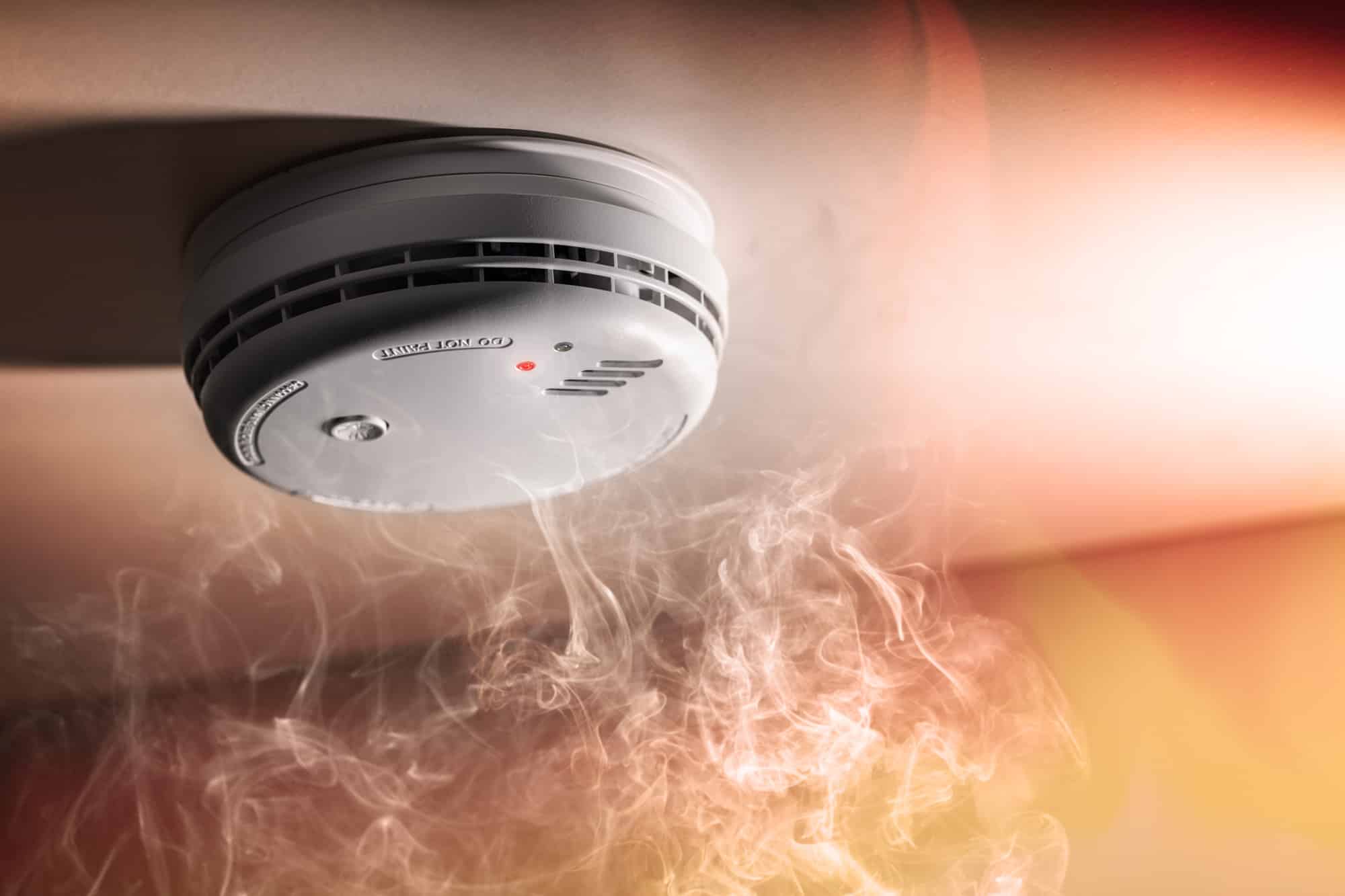
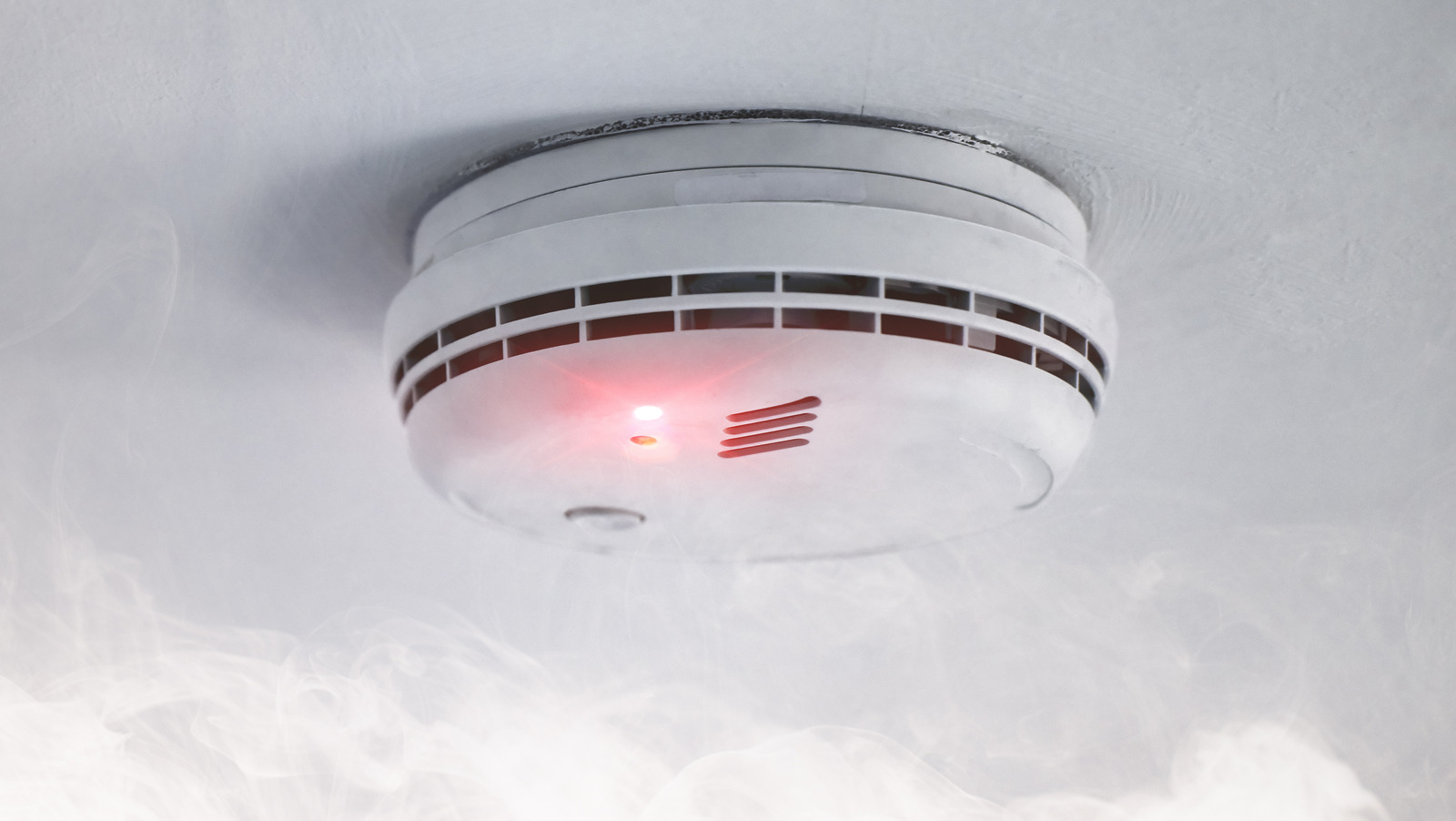
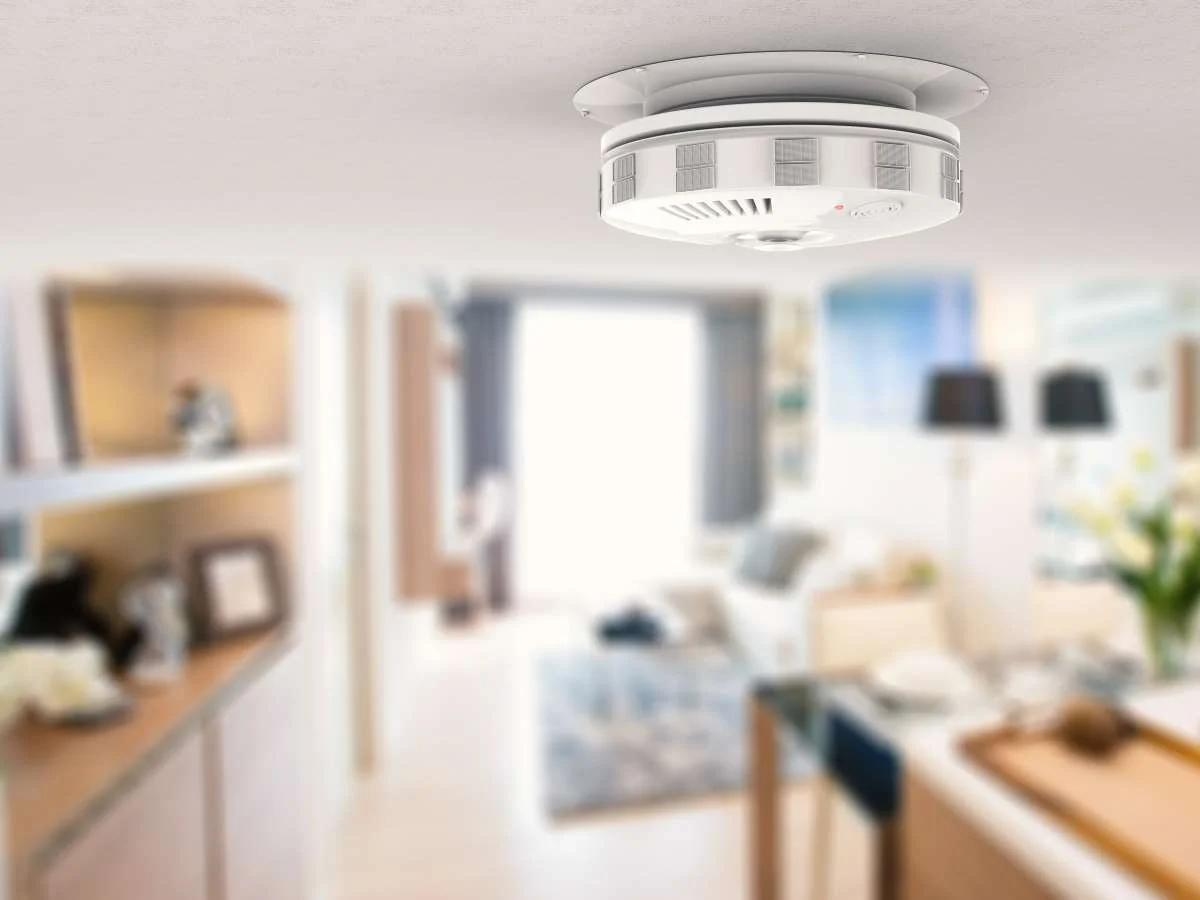
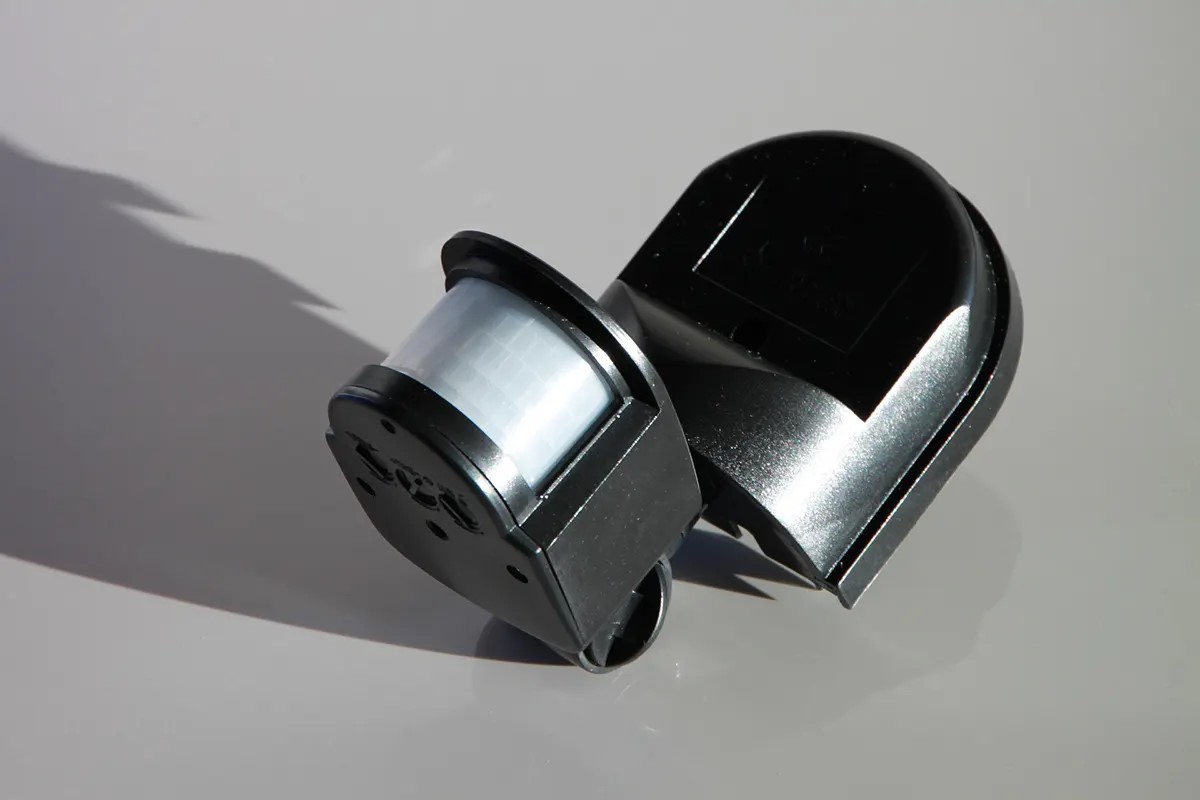

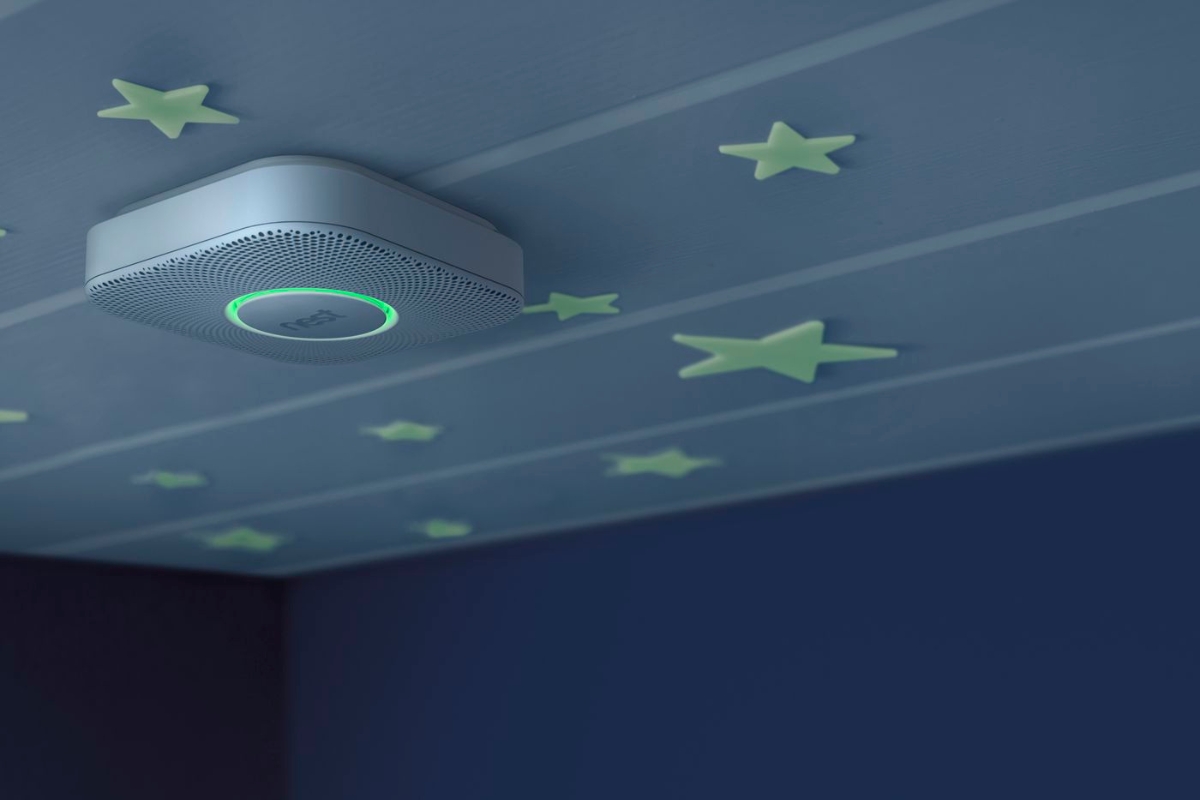

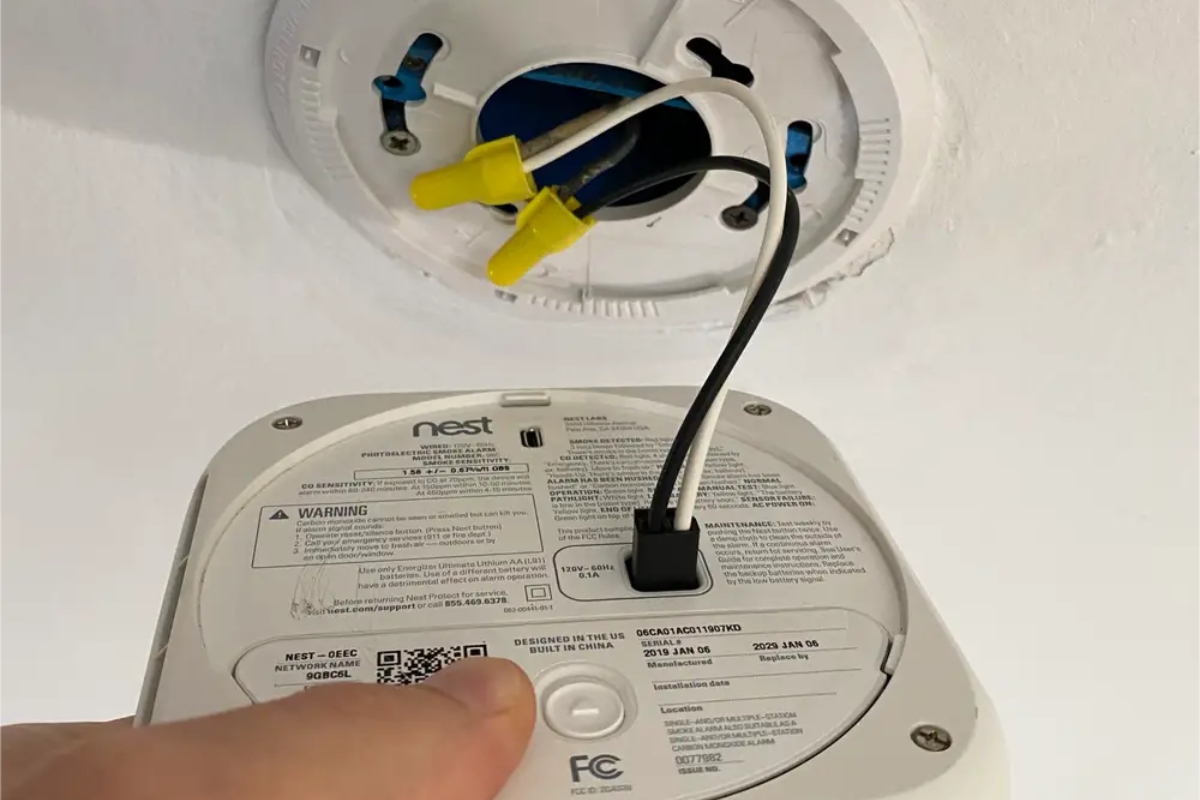
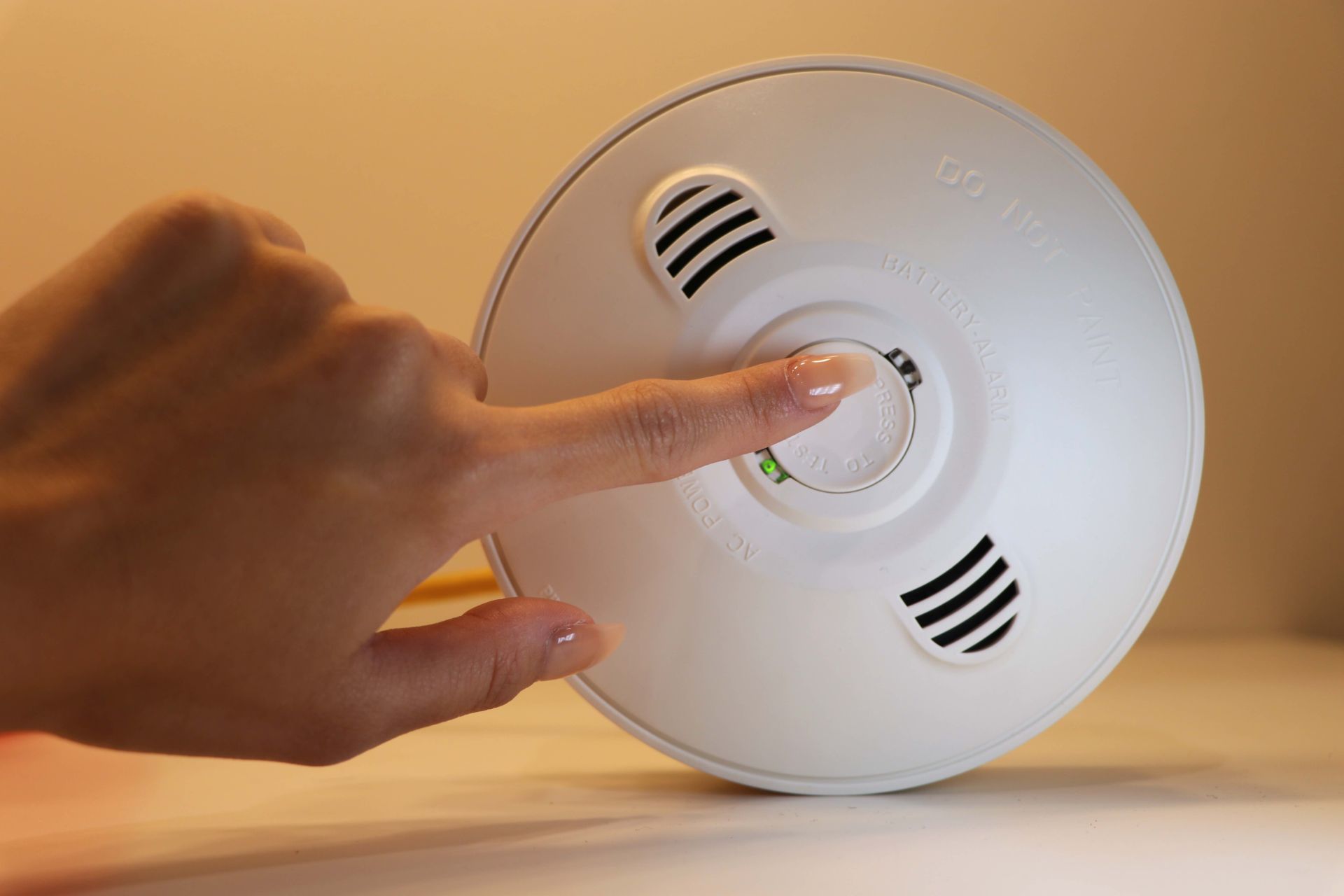
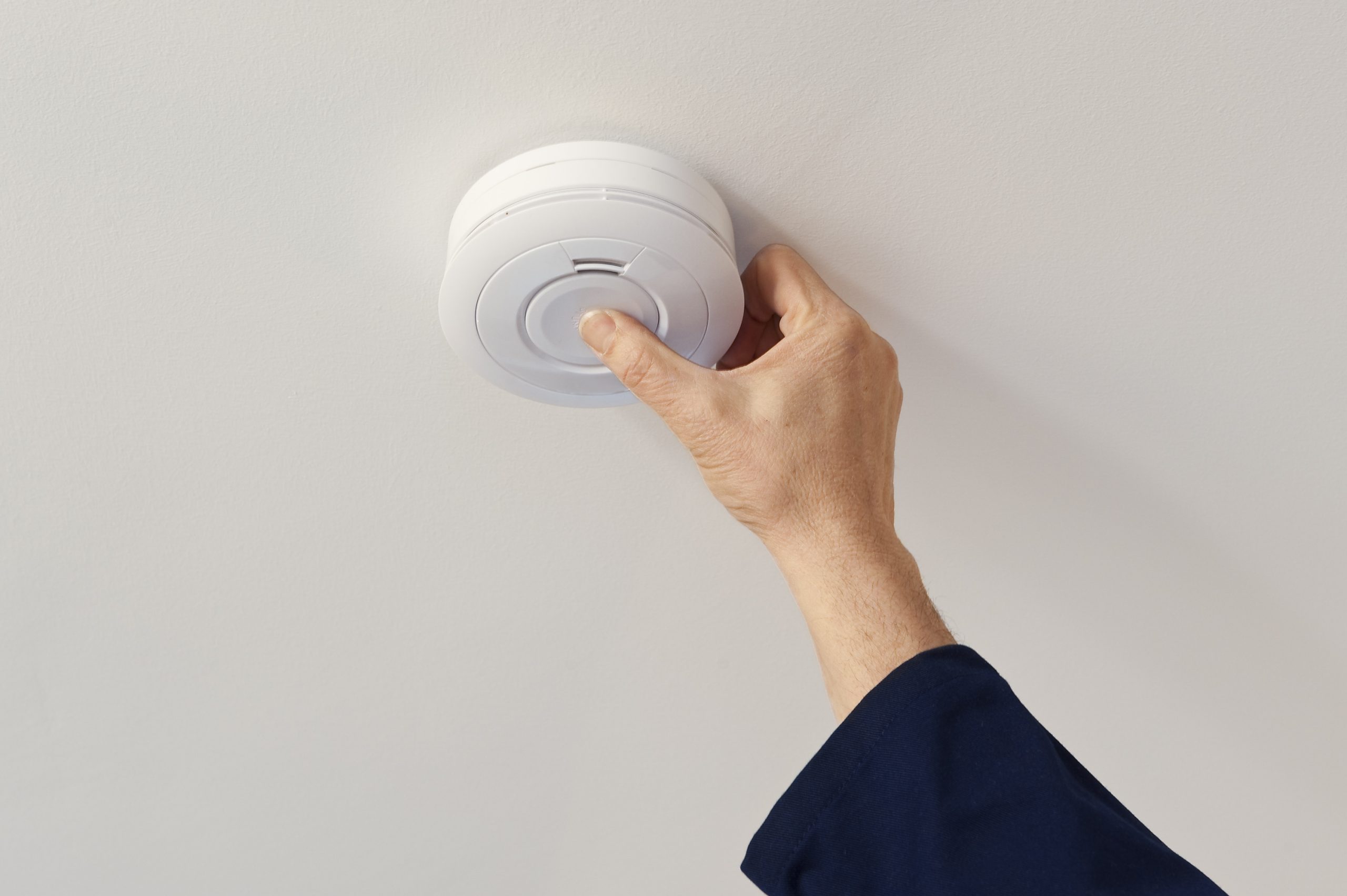
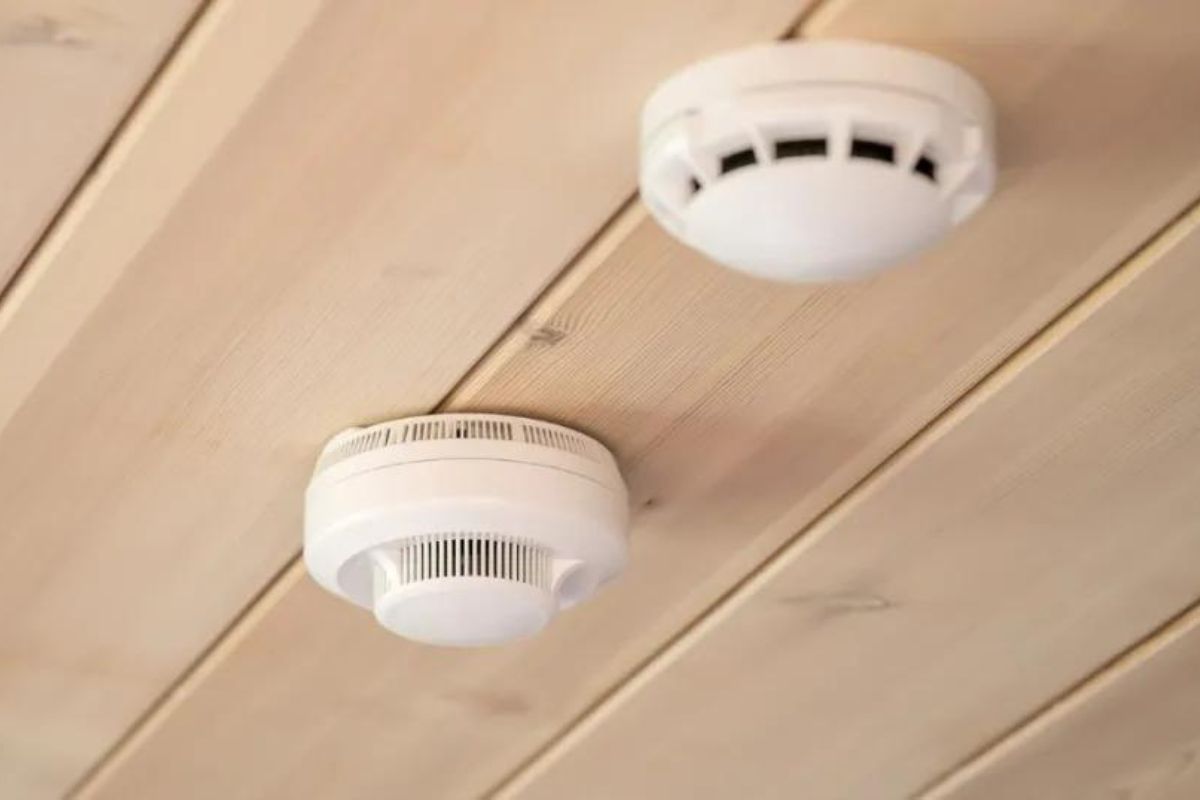
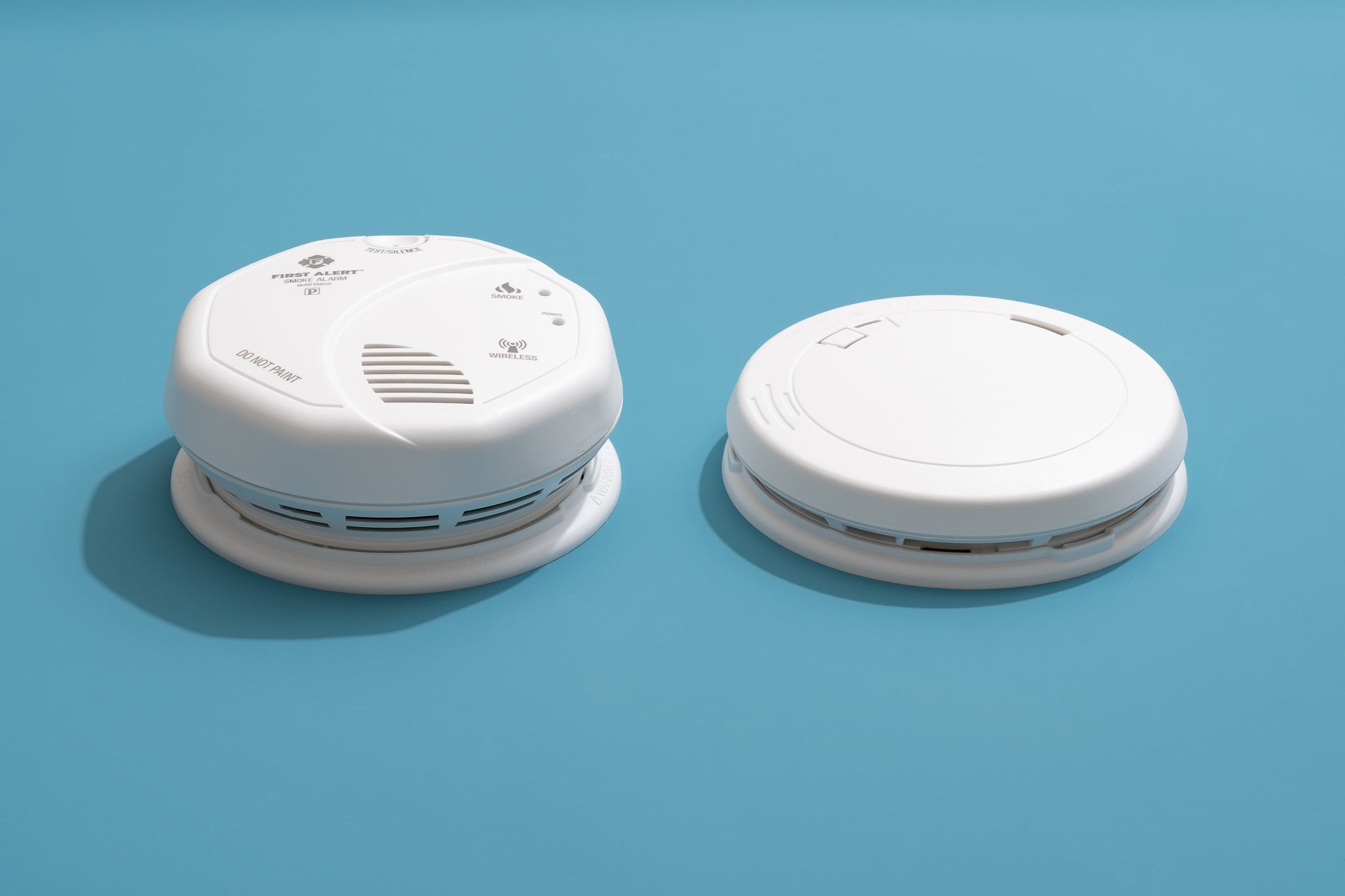
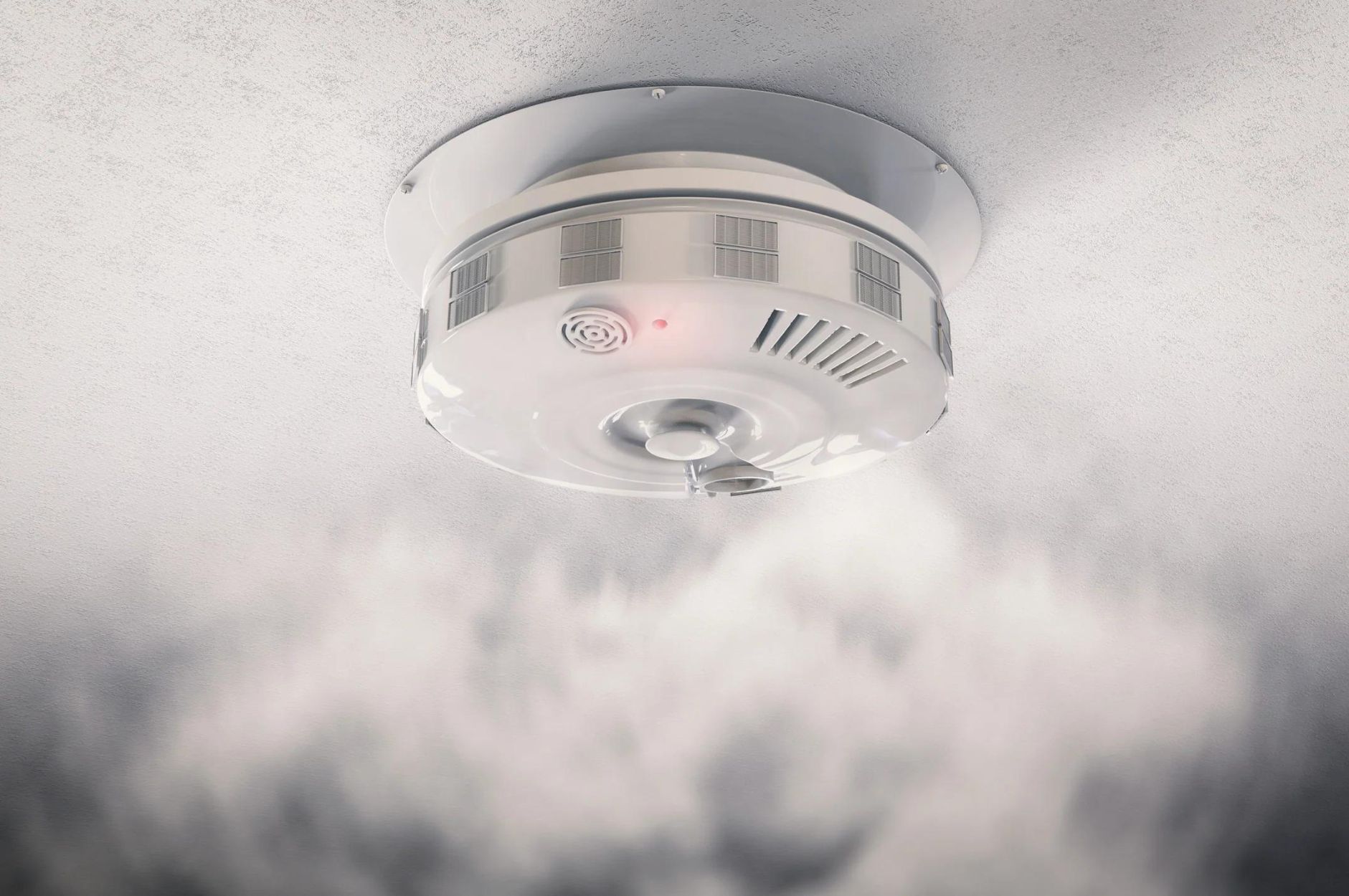

0 thoughts on “How Does A Smoke Detector Work?”